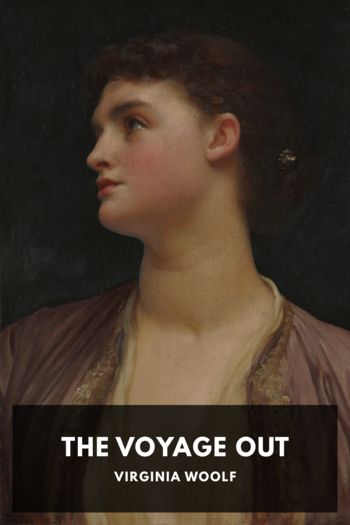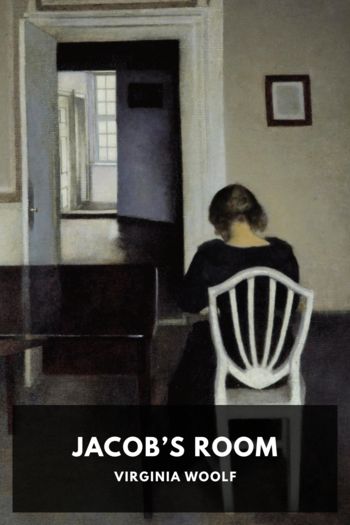
Description
Probably Virginia Woolf’s best-known novel, Mrs. Dalloway, originally published in 1925, is a glorious, ground-breaking text. On the surface, it follows Clarissa Dalloway, an Englishwoman in her fifties, minute by minute through the June day on which she is having a party. At a deeper level, however, the novel demonstrates, through an effortless stream of consciousness, the connections formed in human interaction—whether these interactions are fleeting, or persist through decades.
This is a novel to read and cherish, if only to marvel at Woolf’s linguistic acrobatics. Words and phrases swoop and soar like swallows. Woolf’s sentences are magnificent: sinuous, whirling, impeccably detailed. As narrative perspective shifts from character to character—sometimes within a single sentence—readers come to understand the oh-so-permeable barrier between self and other. Through Clarissa we meet Septimus Warren Smith, his wife Rezia, and a cast of dozens more, all connected by the “leaden circles” of Big Ben marking the passage of every hour, by the pavements of Bloomsbury that lead everywhere and nowhere. Modernist London has never been portrayed more sublimely: replete with birdsong and flowers, resplendent in sunshine, youthful yet eternal—and even in the aftermath of war and pandemic, resilient.
Mrs. Dalloway is Woolf’s attempt to express that which may be inexpressible. It offers a close examination of how difficult it is, even when our hearts are brimming, to say what we really feel; and it examines the damage we inflict through our reticence with words, our withholding of love. It is a novel of the soul, and a work of immense beauty.

Description
Although known for her later experiments with style and structure, Virginia Woolf set out in her early novels to master the traditional form. Her second novel, Night and Day, presents itself as a seemingly conventional marriage plot, complete with love triangles, broken engagements, and unrequited affections. Beneath these conventional trappings, however, the book’s deeper concerns are resolutely subversive. The main characters—a quartet of friends and would-be lovers—come together, pull apart, and struggle to reconcile socially-prescribed norms of love and marriage with their own beliefs and ambitions.

Description
Miss Rachel Vinrace, aged twenty-four and previously interested only in music, is on a voyage both literal and metaphorical. An ocean cruise with her father leaves her for the summer at her Aunt’s villa in an unnamed South American country, where she meets the English inhabitants of the local town’s hotel. As the season progresses she starts to become entangled in their own lives and passions, and through those burgeoning acquaintances and friendships the discovery of her own nature grows.
The Voyage Out is Virginia Woolf’s first novel and was a labour of love, taking her five years to complete. Even though heavy editing was required to reduce some of the more politically charged themes before its publication in 1915, it still bemused some contemporary critics and even garnered accusations of “reckless femininity.” Time however has proved kinder, with the book demonstrating the key points of Woolf’s future style. It even has the first appearance of Clarissa Dalloway, the titular protagonist of Woolf’s later and more famous novel Mrs. Dalloway.

Description
In her third novel, Virginia Woolf departs from conventional narrative and explores storytelling through discordant scenes and impressions. Jacob Flander’s life story is told through the perspectives of the people in his life.
In Jacob’s Room, we see Jacob grow from a young boy to an ardent student of Classical culture while the world around him moves closer to an impending war. Jacob is described in flashes by the women around him—his mother and his lovers.